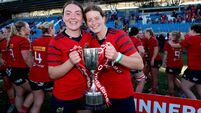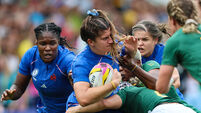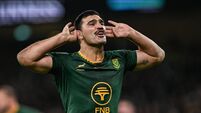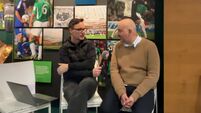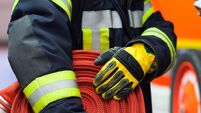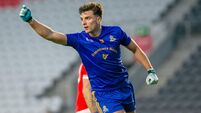Ireland's rugby codebreakers owe plenty to their GAA past
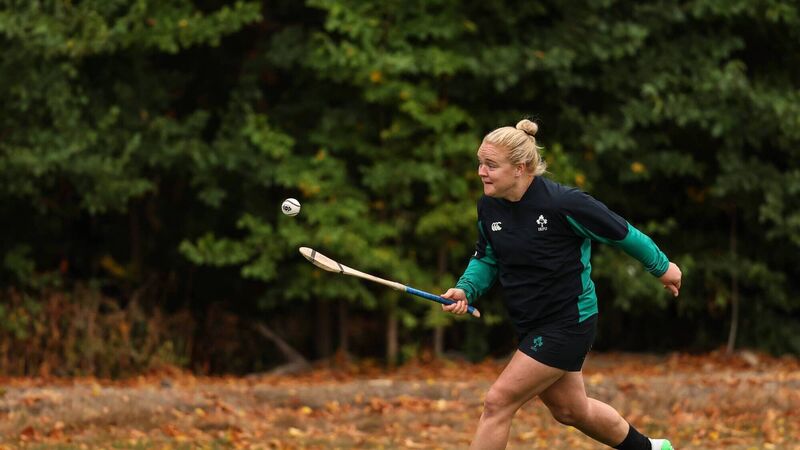
SOLO ACT: Cliodhna Moloney-MacDonald pucking around at Towcestrians Sports Club, Northampton, Pic: ©INPHO/Ben Brady
The roads will be quiet when the bus carrying the Ireland women’s team leaves their hotel on Sunday morning and drives up Whittlebury High Street, onto Cowpasture Lane, before joining the A43 motorway for Northampton and a World Cup opener against Japan.
It’s nothing more than a half-an-hour jaunt through the English countryside. Straightforward. Pleasant, apart from the butterflies on the inside. The hardest, most complicated leg of this journey for so many of the 32 players on board will have been covered many years before, long before this stage was constructed in their minds.





